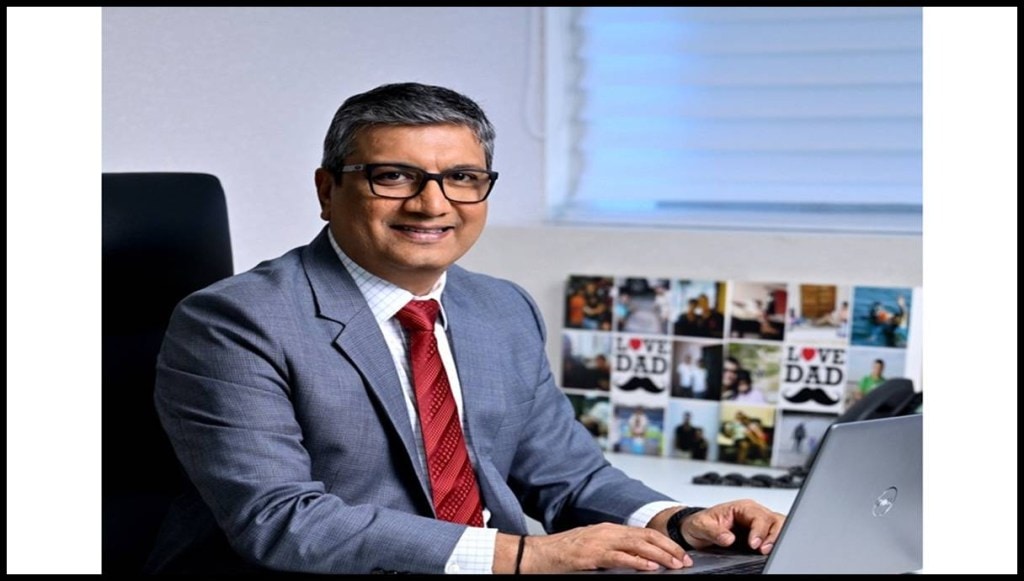India’s economic growth will only get accelerated because of the tariff situation, says Mihir Vora, CIO of TRUST MF. In an interview with Ananya Grover, Vora says he expects a lot of incremental funds to come to India. Excerpts:
Did you expect the correction from September highs?
The recent fall to some extent was expected, but it was quite a long one. It was a staggered fall, I would say. Large-caps actually corrected first, and we saw corrections in mid-caps and small-caps corrected, which had held up quite a lot in December, after January. Then the market started recovering. It has been a very volatile period because of Trump.
What was your strategy in that period?
We did not change the portfolio too much. As a general principle, we don’t take big cash calls because it works only half the time. So, you end up probably not adding too much value in the long term. One can do that by sector and stock selection. We also believe that the investor or the distributor or the advisor who has put money in the fund has already done her asset allocation. So, the portion that comes to us is after her own asset allocation. If they have given money to us, we would rather invest it. We usually don’t hold more than 5-10% cash. In normal circumstances, it is 2-3%. In December, we moved some profits in some of small- and mid-caps to the financial names which we thought were undervalued. We expected interest rates to come down, liquidity, too, was tight. That pick-up has to happen. So, we took a sector-allocation call in volatile times.
What are you expecting in the industrial sector, since you have a considerable allocation there.
Apart from financials, which we like because that’s linked to the economic growth as well as demographics, we also like physical asset creation. Without creating capacities in infra, manufacturing and real estate, we can’t achieve a GDP growth of more than 5.5%. So, if you want to aim at 6.5-7-7.5%, it has to come on the basis of physical asset creation. We also like its sub-segments – chemicals, auto & ancillaries and defence.
One of the reasons for the correction was that foreign flows were going to China and the US. Has it changed now?
People in general are wary of China which is only getting worse with the trade situation. But, China has not performed for a long time and people were underweight. In December, BYD was getting market share and the DeepSeek movement came in. So, people covered their short positions to some extent. There is a bit of herd instinct also, but I think that’s over more or less.
In the US, inflows happened when the dollar was appreciating. Last year, the Fed was cutting rates, but the US long bond yields went up. That never happened in the past. It occurred because a large supply of bonds is expected in the next three years as the US has done a lot of fiscal stimulus and the debt-to-GDP ratio significantly went up after COVID. Most of that stimulus was done by issuing bonds which are now due for maturity. Because of that, the dollar strengthened and the US attracted a lot of interest. But now, with the lack of confidence in the US economy increasing, the dollar is also coming under pressure. So, flows now are coming back to emerging markets and other geographies. It was to a large extent the US and dollar play, which is over, and is now working in our favour.
FIIs have been positive for the last 10 days. How long do you expect this trend to last?
Historical data will tell you that FIIs had never been sellers for two calendar years in a row. Last year, they were net sellers. India is the fastest-growing large economy in the world – the tag is still there. The rupee is stable, oil prices are coming down and gold is going up.
TRUST’s flexicap fund touched Rs 1,000-crore AUM last week. What has been your approach?
We run it as a market cap-agnostic fund. It means we don’t take a top-down call on how much to put in large-, mid- or small-caps. We do the bottom-up stock selection. And the asset allocation in large and small is more of an outcome of the stock selection and a bit of diversification and risk control. It just so happened because we wanted to book profits in some of the small-caps that have done well for us. We had a good exposure to small, more than 50% was made in small. But we wanted to incrementally put money into NBFCs and banks. So, we sold some of the mid-cap holdings.
